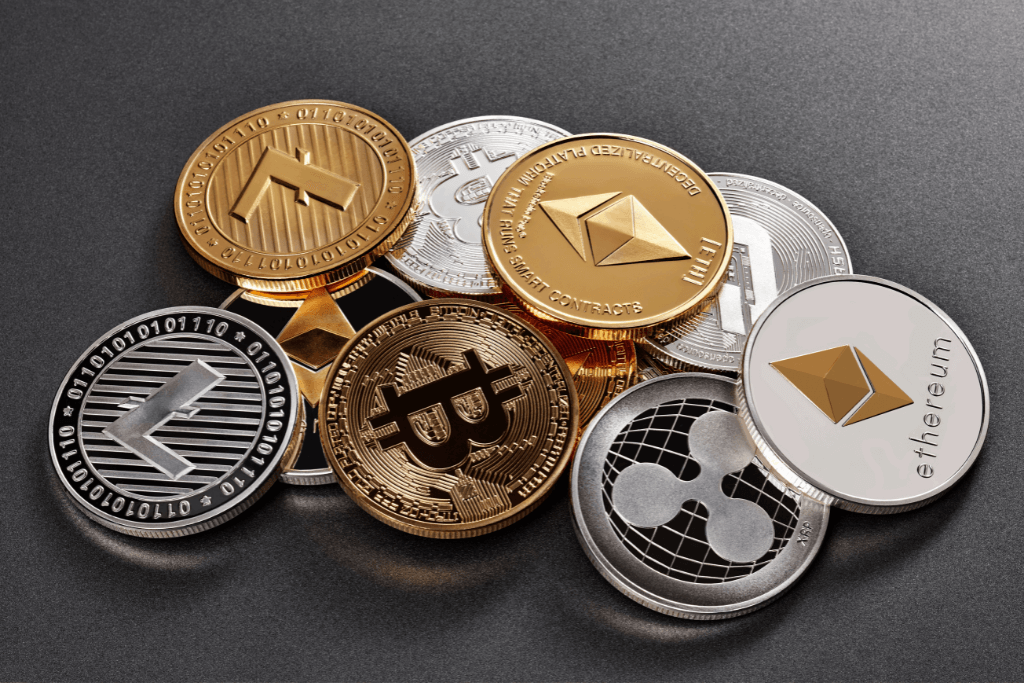Dear Chuck,
Digital currency will be all the rage soon. Won’t it just make inflation worse?
Digital Doubter
Dear Digital Doubter,
There are a lot of new developments regarding digital currencies. It is inevitable that they will be introduced by Central Banks and become a normative part of our lives. It is also a development that has far more downsides than simply concerns over inflation.
Just to be clear, a digital currency is a form of currency that is available only in digital or electronic form and not in physical form. Some refer to it as digital money, electronic money, electronic currency, or cyber cash. Some consider cryptocurrency as a subset of digital currency. That is a debatable point—more about it below.
Big Picture of Digital Currencies
China seeks to be the first major economy to introduce a centralized digital currency. It is speeding up its central bank digital currency (CBDC) trials in a move to issue a digital renminbi (their main physical currency). The country currently accounts for 44% of global digital payments. Digital renminbi would broaden surveillance by allowing the government to monitor all transactions.
In April, the UK announced the creation of a taskforce to explore a CBDC. The Federal Reserve has also been researching central bank digital currencies for some time. The Federal Reserve Bank of Boston is working with MIT on a digital currency.
The U.S. wants to develop “rails” to move money faster for unemployment benefits and stimulus checks. Treasury Secretary Janet Yellen says new rails would be cheaper and safer. A CBDC would enable central banks to maintain competition and operate the innovations along with cash and other forms of payment, while monitoring every transaction. Beyond concerns for out-of-control inflation, this raises privacy concerns as well.
Categories of Digital Currencies:
* Many experts think of it as a digital asset more than a digital currency.
Mid July, Jerome Powell, chairman of the Federal Reserve, appeared before the House Committee on Financial Services noting that stablecoins pegged to a traditional currency, like the dollar, need regulation to protect users. He was, however, undecided as to whether the benefits would outweigh the costs. “These (stablecoins) are economic activities that are very similar to bank deposits and money market funds and they need to be regulated in comparable ways.”
Notably, a government-controlled digital currency would render many stablecoins and cryptocurrencies obsolete. The Fed plans to publish a report on a U.S. digital currency in September. My view is that governments will be forced to attempt to regulate all forms of digital currencies in the future to maintain their desire to exercise global monetary policy.

The Pros and Cons:
Justin Honse wrote an insightful article listing the reasons CBDCs will be viewed positively and reasons why you and I should be concerned. The lists below are directly from his article, The Ugly Side of CBDC.
Benefits
Potential Downsides
In my recent book, Seven Gray Swans: Trends that Threaten Our Financial Future, I wrote about the risks of a cashless society and the “useful conveniences” created by technology that are actually potential losses to our economic, religious, and social freedoms. In my opinion, the development and adoption of CBDCs must be carefully watched as a gray swan event—an obvious danger that we tend to ignore.
This article originally published on The Christian Post on August 6, 2021
Subscribe for Weekly Updates
"*" indicates required fields
Search
Christian Credit Counselors

Is credit card debt causing you stress and strain? Christian Credit Counselors would like to help!